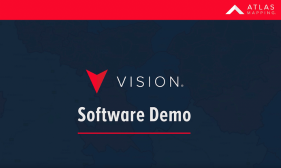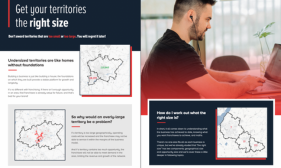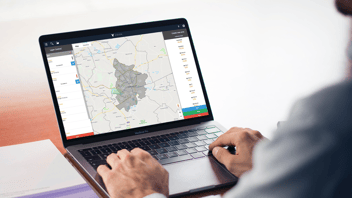Good news and bad news. The good news is that the long-awaited Census 2021 information for England and Wales is now out! The bad news? Unfortunately, updating your data isn’t going to be as straightforward as you might have thought. And here’s why…
The census is released using the latest version of geographies (including Postcodes and local authorities). These regularly change and may well be different from what you have on record. To make sure any inconsistencies that occur don’t trip you up, we’ve put together this simple 5-step guide to help you make a smooth transition.
Step 1: Update to the latest geography
Before you can start using the new census figures, you’ll need to update to the latest geography, particularly if you haven’t done so for a while. This means updating to the latest Postcodes or Local Authority boundaries.
The geography can change in one of three ways: something can be added, or removed or the boundary itself can change. If a new Postcode sector is added, for example, it will appear as a hole in a franchise territory. If one is removed then this won’t be noticeable without some careful cross-referencing. Unfortunately, boundary changes can be even more difficult to pick up.
If you have Vision then you can simply follow our update process. If not, then you’re going to need to talk with your mapping provider to work out the best course of action. If you’d like to chat your situation through with us, without any kind of sales pressure, please feel free to get in touch.
Each scenario will be different, but you also might need to change some of your franchise agreements in light of the changes that have been made. This can be a bit of a nightmare for franchisors. At Atlas Mapping, we have various support packages that can help simplify these potentially tricky transitions.
Step 2: Save a record of existing territories
Before you start with any updates, it’s wise to log how things currently stand to help avoid any issues or disagreements in the future. This record should include everything that’s been sold and geographies that have been created, plus any referenced demographic values, such as total population or the number of households.
Step 3: Check the new census demographics
To complicate matters further, not all demographics from the previous census are available with the new one. So, for example, there are new population age bands that better reflect the way society is evolving. That makes perfect sense, of course, but it is another factor that could prevent a seamless transition with the new census data.
One of the major changes with Census 2021 is that the definition of a ‘household’ has now changed. As a result, when you update your territories to use the latest census data, you may discover there are now fewer rather than more households in certain territories.
On the plus side, you now have access to lots of new demographics that will provide you with useful additional insight to improve your decision-making.
Step 4: Migrate to the new census
If you have Vision, then Atlas Mapping will guide you through the process with a number of different options, depending on what geography you use.
Clients using the Postcode geography can use the DIY approach or they can commission support from us. If you’re thinking of looking after everything yourself, as well as updating to the 2022 versions of the Postcode geography and the Census 2021 demographics, you’ll also need to carry out system administration, such as managing demographics and tracking demographic change in territories. To help you on your journey, we’ve put together a workflow to help guide you through the process.
If you’re not using Vision, you’ll need to work with the process that your mapping provider is using or you might prefer to reach out to Atlas Mapping to discuss your options with us.
Step 5: Compare new demographic values
So, once you’ve done all the heavy lifting, it’s time to take stock of what’s changed, so you can make the new data really work for you. You’ll want to know things like how the population has increased in your territories since they were first awarded.
There are likely to be demographic value changes and new growth opportunities that you can either sell to franchisees or that they can use to grow their business.
Despite the work you might need to do to get everything organised, the unveiling of the new Census 2021 data is great news for franchisors and franchisees, alike. After all, the more accurate and up-to-date the information you’re dealing with, the better your understanding of the business opportunities. If you need help with any of this, our expert team will be delighted to answer any questions and help in any way they can.





